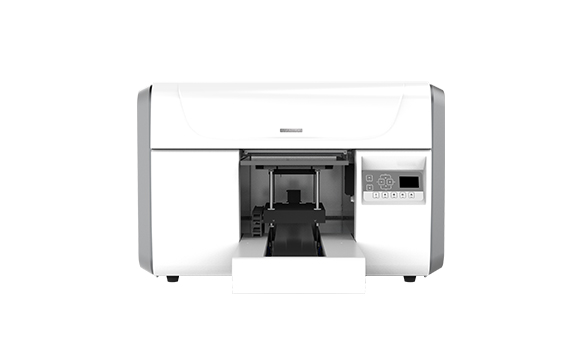
cylinder uv printer
- By:nocai uv printer
- 2021-12-25
- 1,177
Cylinder UV printers have become a crucial tool in the world of packaging design, offering a cost-effective and environmentally friendly solution for printing on a wide range of materials including paper, plastic, and glass. In this comprehensive guide, we will explore the different types of cylinder UV printers, their features, advantages, disadvantages, and how to use them properly.

An Introduction to Cylinder UV Printers
Cylinder UV printers are specialized printing devices that use UV (ultraviolet) light to cure the ink applied to a cylinder. This cylinder then transfers the printed image onto a wide variety of materials through pressure contact. These printers provide a versatile and efficient solution for printing high-quality images and designs onto the surface of packaging materials.
Types of Cylinder UV Printers
There are various types of cylinder UV printers available, including:
Flexography Printer: Flexography printers use a rubber cylinder to transfer the ink onto the surface of the packaging material. They are suitable for printing on a range of materials, including paper and plastic, with variable printing qualities.
offset Printer: Offset printers use a combination of plates and a cylinder to transfer the ink onto the surface of the packaging material. They offer high-resolution prints and are suitable for printing on a variety of materials, including paper, plastic, and glass.
3D Printer: 3D printers use layer-by-layer technology to create three-dimensional objects. These printers can print complex designs and shapes, suitable for prototyping and small-scale production.
Benefits of Cylinder UV Printers
Cylinder UV printers offer several benefits over traditional printing methods:
High-Quality Printing: UV ink used in cylinder printers is cured quickly by UV light, resulting in a high-resolution print with clear and crisp colors.
Versatility: These printers can print on a variety of materials, including paper, plastic, glass, and other packaging materials, providing flexibility in printing and production.
Efficient Printing: Cylinder UV printers use an indirect printing process, allowing for quick printing with minimal effort, reducing labor costs and increasing productivity.
Environmentally Friendly: UV ink is a low-volatile organic compound (VOC) ink, reducing the harmful emissions during printing and minimal waste production.
Drawbacks of Cylinder UV Printers
Despite their benefits, there are also some disadvantages to using cylinder UV printers:
Initial Cost: Cylinder UV printers are generally more expensive than some traditional printing methods due to their specialized nature and high-quality components.
Printer Maintenance: Cylinder UV printers require regular maintenance to ensure they are in good working condition, including cleaning, replacing worn parts, and servicing the UV light source.
Ink Cost: UV ink is generally more expensive than some traditional inks, resulting in higher overall printing costs.
How to Use a Cylinder UV Printer
Using a cylinder UV printer requires specific knowledge and skills. Here are some tips:
Training: Attend training courses or workshops to learn the operation and maintenance of cylinder UV printers. Understand the different types of printers and their unique features to operate them effectively.
Ink Selection: Choose the correct ink for your printer and follow the manufacturer’s recommendations for use. Match the ink type with the surface material of your packaging materials for good print quality.
Cylinder Preparation: Clean and prepare the cylinder surface according to the manufacturer’s instructions before printing. Ensure the surface is free of any debris or contamination that may affect print quality.

